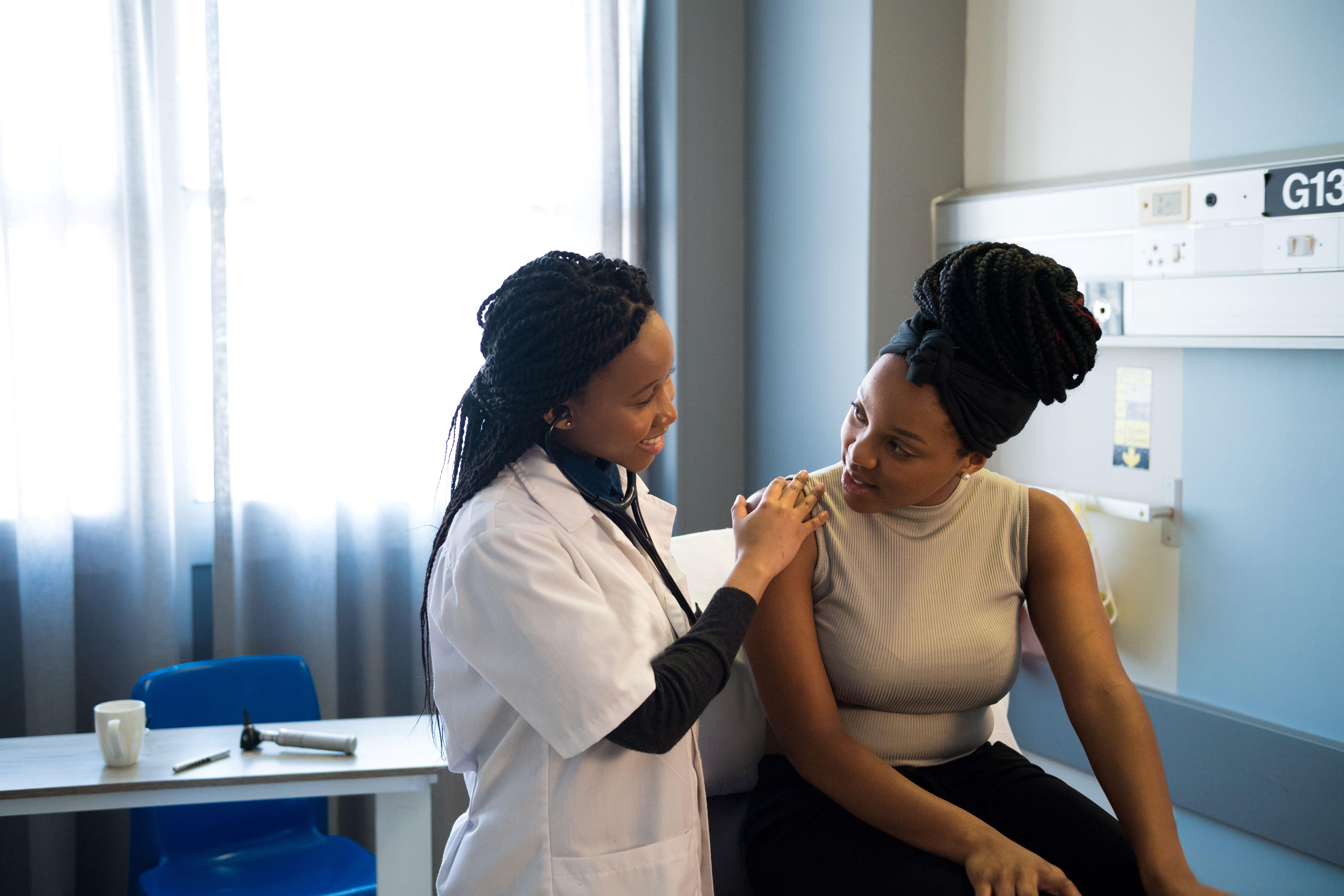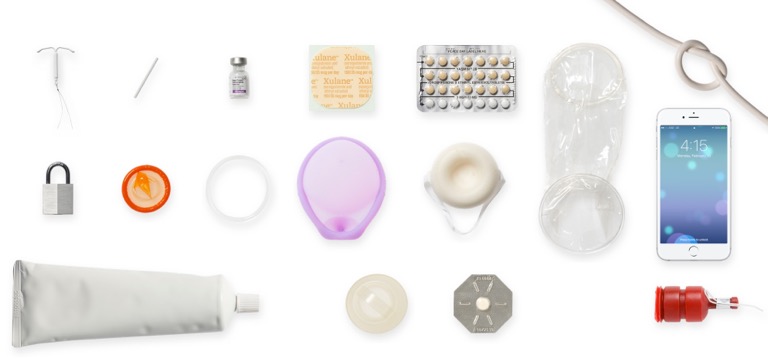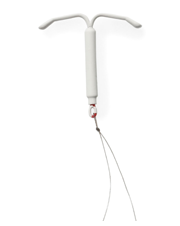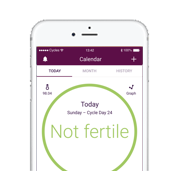4 Times You Should Go See a Provider in Person

Telehealth is a game-changer, but sometimes you need to go old school.
Because of the COVID-19 pandemic, many health care providers are offering telehealth options. However, while telehealth is great for a lot of things, it’s not great for everything. Here are four times you’ll need to get health care in person, and for free or low-cost access to all the methods of contraception, visit your nearest The Right Time health center.
1. To get an IUD, an implant, or the shot (or to remove an IUD or implant)
You can start the ring, the patch, and the pill via telehealth. There are plenty of other methods that don’t require you to see a provider at all to get started on them (think condoms, internal condoms, spermicide, etc.). But to get an IUD, an implant, or the shot, you do need to see a provider in person. And you’ll need to see a provider to have your IUD or implant removed.
2. To treat a recurring or difficult-to-treat infection
If you’re dealing with an infection that didn’t go away with treatment or that went away then came back, it’s probably time to go see a provider in person to make sure you’re treating the right thing with the right medications. Also, if you’ve never had a UTI or vaginal infection before, it’s generally better to go in person for diagnosis and treatment.
3. For your Pap smear
A Pap smear is a test in which a provider collects some cells from your cervix to check for any cell changes that could lead to cervical cancer.
For most people, a Pap smear is recommended every three years, but depending on your individual risk level and whether you’ve had an abnormal Pap smear in the past, you may need to get one more frequently. Talk to your provider about how often you should be getting Pap smears. If you’re due for one and are nervous about going for an appointment because of COVID-19, ask your provider whether waiting to get a Pap smear until you have been vaccinated is an option for you.
4. To diagnose certain conditions, like PCOS or endometriosis, that require more extensive testing
Telehealth can be a great way to manage a chronic condition, as it allows you to check in with your provider regularly about medication dosages and symptoms. But being diagnosed with some conditions, such as PCOS, endometriosis, or fibroids, will require a trip (or, more likely, several trips) in person to a provider for pelvic exams, blood tests, ultrasounds, and in the case of endometriosis, possibly exploratory surgery, all of which require that you be physically present with a provider.
If you have ongoing symptoms of one of these or another chronic condition, starting with a telehealth appointment is a good idea. Your telehealth provider can then let you know if you need to go in person to get checked out.
The bottom line is that going to see a health care provider while never leaving your couch is awesome, but sometimes you still have to go in person. And that’s okay because your provider will have procedures in place to keep everyone safe.
Updated March 2021
Related Content

Article
Birth Control & Your Period: What to ExpectBirth control often changes your period, and that’s normal and safe.

Article
Handling the “When Are You Having Kids?” Question Around the HolidaysRemember: your timeline is yours.

Article
What Should I Do After I Get Diagnosed with an STI?Getting an STI doesn’t change who you are.

Article
How Can I Take Care of My Breast Health?Keeping up with routine preventative health visits can help catch any changes early.



















